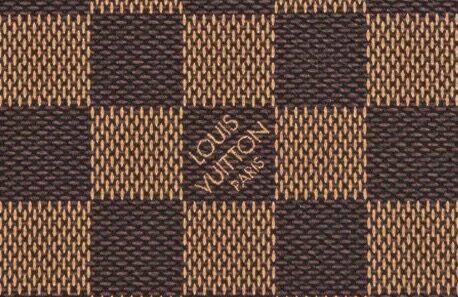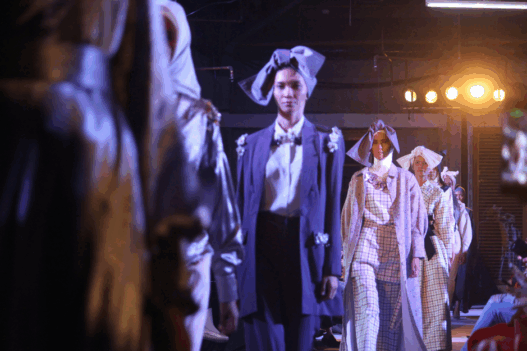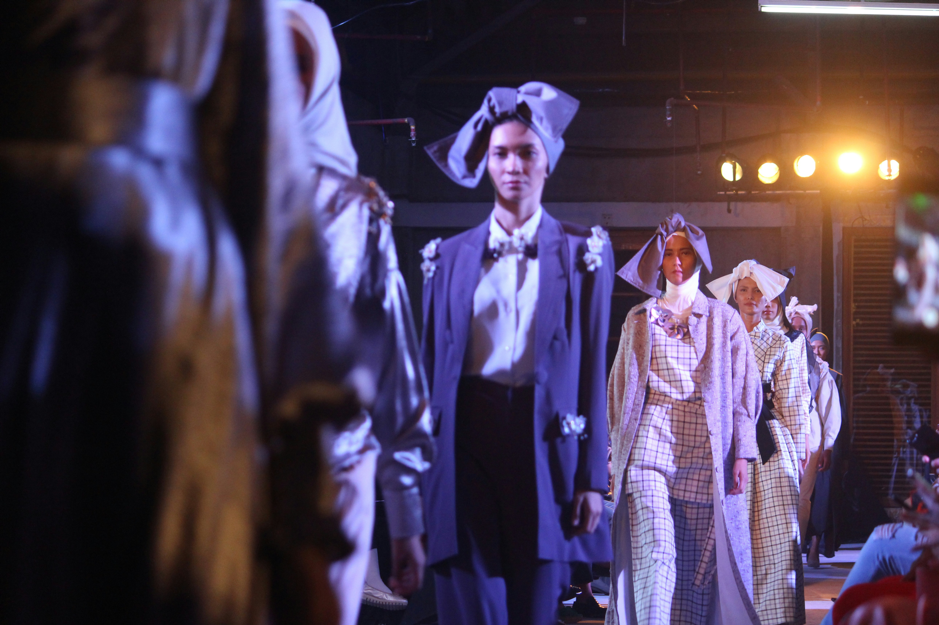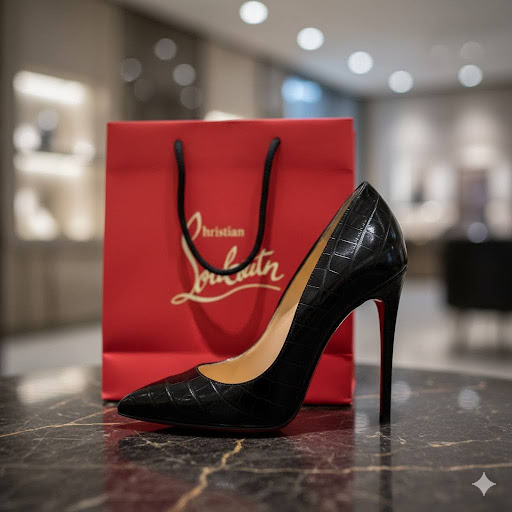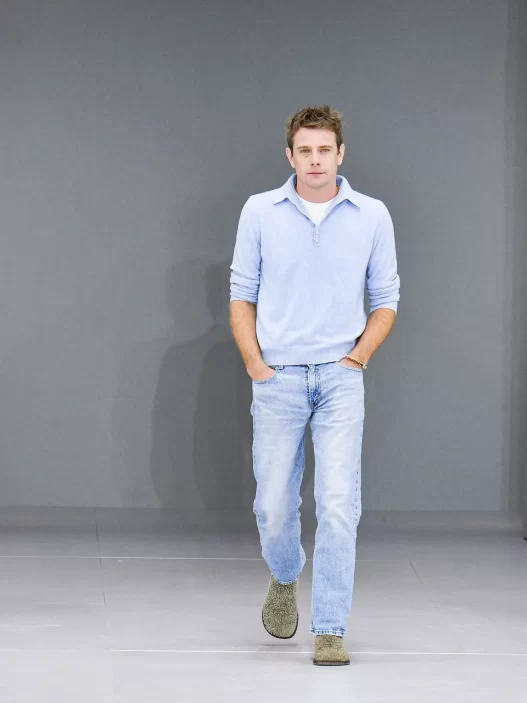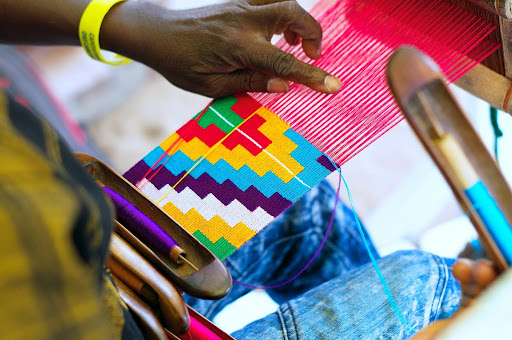Luxury fashion has, in recent seasons, turned in the direction of restraint. Miu Miu, Prada, The Row, and Bottega Veneta are redefining glamour with longer hemlines, sleek contours, and muted colors. What started as a fashion change, such as quiet luxury, office-core and old money dressing, has become a cultural choice. This is evidenced by the fact that luxury has remained silent, not due to fashion being devoid of creativity, but because society was tired of being noisy. (Stiegman, 2024) Beneath the surface of minimalism lies a deeper longing for structure, discipline, and the familiar order of “respectability.
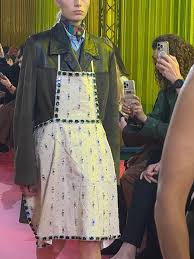
Fashion’s current embrace of conservatism can be read as both rebellion and regression. On the one hand, it rejects the quick, ostentatious, and algorithmic in order to oppose the attention economy. Conversely, it resurrects gender- and class-based structures. The “old money” look, which was made popular by social media in 2023, subtly rebrands inherited wealth as classic style, aestheticizing status. This is a “nostalgic return to pre-digital elegance,” according to when fashion once more becomes a language of exclusion (Chen, 2025). It is an indicator of a reaffirmation of conservative standards, stylistically and legally, in the workplaces, institutions, and lives of the people.
Runways that used to be full of Y2K glitter and influencer extravagance now offer a dull palette and tailoring. Miu Miu pleated skirts evoke the secretarial style of offices in the mid-century; the grey wools and leather gloves of Prada remind one of discipline and purity. Quiet luxury is a brand that boasts of artisanship rather than logos by creating a sense of exclusivity through invisibility. Restraint as such has in this measure become a status.
Although many people interpret this as innocuous chic, there are more serious ramifications to the resurgence of “respectable dressing.” Angela McRobbie (2013) reminds us that fashion “is never apolitical; it encodes and enforces norms about whose bodies and identities belong.” In addition to reacting to cultural weariness, fashion is actively establishing new standards of conformity by restoring the codes of conventional professionalism: modesty, homogeneity, and gender distinction.
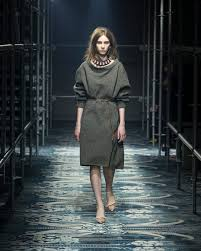
I. The Politics of Respectability, Law, and Dress Codes
The conservative aesthetic on the catwalk is similar to the return of “respectability” in working regulations and legislation. For a long time, corporate dress standards have served as methods of discipline, dictating not only what employees wear but also how they represent their culture, gender, and class. Fashion businesses romanticize professional wear, but many employees still have to deal with negative outcomes.
The current conservatism of fashion may be interpreted as subversion and retrogression. It is, on the one hand, hostile to the attention economy, the antithesis of the fast, flashy, and algorithmic. It, conversely, reinforces class and gender hierarchies. The aesthetic of old money popularized by social media in 2023 aestheticizes privilege by being unobtrusive, refusing to acknowledge inherited wealth as outdated (Chen, 2025)
Workplace clothing regulations frequently overlap with gender and race discrimination, especially for women and gender-diverse employees, as demonstrated by legal scholar Kimberlé Crenshaw (1991). Cases such as EEOC v. Catastrophe Management Solutions (2016), where a Black woman was fired for wearing locs, show how “professionalism” can be used as a tool of racialized control. This ideal of the “neutral” professional body, white, cisgender, and upper-class, is subtly reinforced by the quiet luxury aesthetic, which is defined by Eurocentric simplicity and subtle wealth.
This calls into question the limits of regulation and expression from the standpoint of fashion law. Title VII of the U.S. Civil Rights Act and the Canadian Human Rights Act both prohibit discrimination based on race and gender, but neither explicitly addresses how these protections apply to clothing. “Clothes occupies a grey area between speech and conduct, regulated enough to control, expressive enough to contest,” (Chen, 2025). The situation is made more difficult by recent legal disputes involving gendered uniforms in the retail and hospitality industries. Following employee agitation, British Airways revised its uniform policy in 2023 to permit non-binary presentations, indicating a growing understanding that identity is closely linked to fashion.
The legal reality thus displays a tension: what is hailed as “elegance” on the runway frequently translates to restriction in the workplace, despite the fact that businesses romanticize the return to conservative aesthetics. Luxury houses that capitalize on portrayals of “refined discipline” are echoing systems that still police bodies in the name of professionalism.
II. Conservatism’s Commodification
Beyond labor and the legislation, issues of intellectual property and cultural ownership are brought up by the commercialization of conservative fashion. The distinction between cultural appropriation and admiration is blurred when classic silhouettes, such as pencil skirts, blazers, and modest cuts, are rebranded as luxury goods.
Several modest fashion designers from nations with a majority of Muslims have observed that Western businesses frequently reinterpret “modesty” as minimalism, depriving it of its cultural and religious origins. Designer Hafsa Lodi (2023) described the addition of sleeves to a dress by Prada as “quiet luxury”. As far as Muslim women are concerned, it is “traditional.” This disparity highlights how Western producers are privileged by intellectual property laws while cultural innovators go unacknowledged.
The intellectual property laws governing fashion, which are primarily governed by copyright, trademarks, and trade dress, often protect distinctive brands and logos rather than concepts or silhouettes. Because of this disparity, traditional aesthetics derived from historical, religious, or working-class traditions can be commercialized by luxury houses without recognition or payment. The end effect is a paradox: conservatism, which was formerly linked to constraint and conformity, now serves as a location for luxury innovation.
This relationship demonstrates how “quiet luxury is not just about aesthetics, but also about who has the legal power to define it” (Chen, 2025). Thus, ownership and exclusionary regimes are inextricably linked to the aesthetics of discretion.
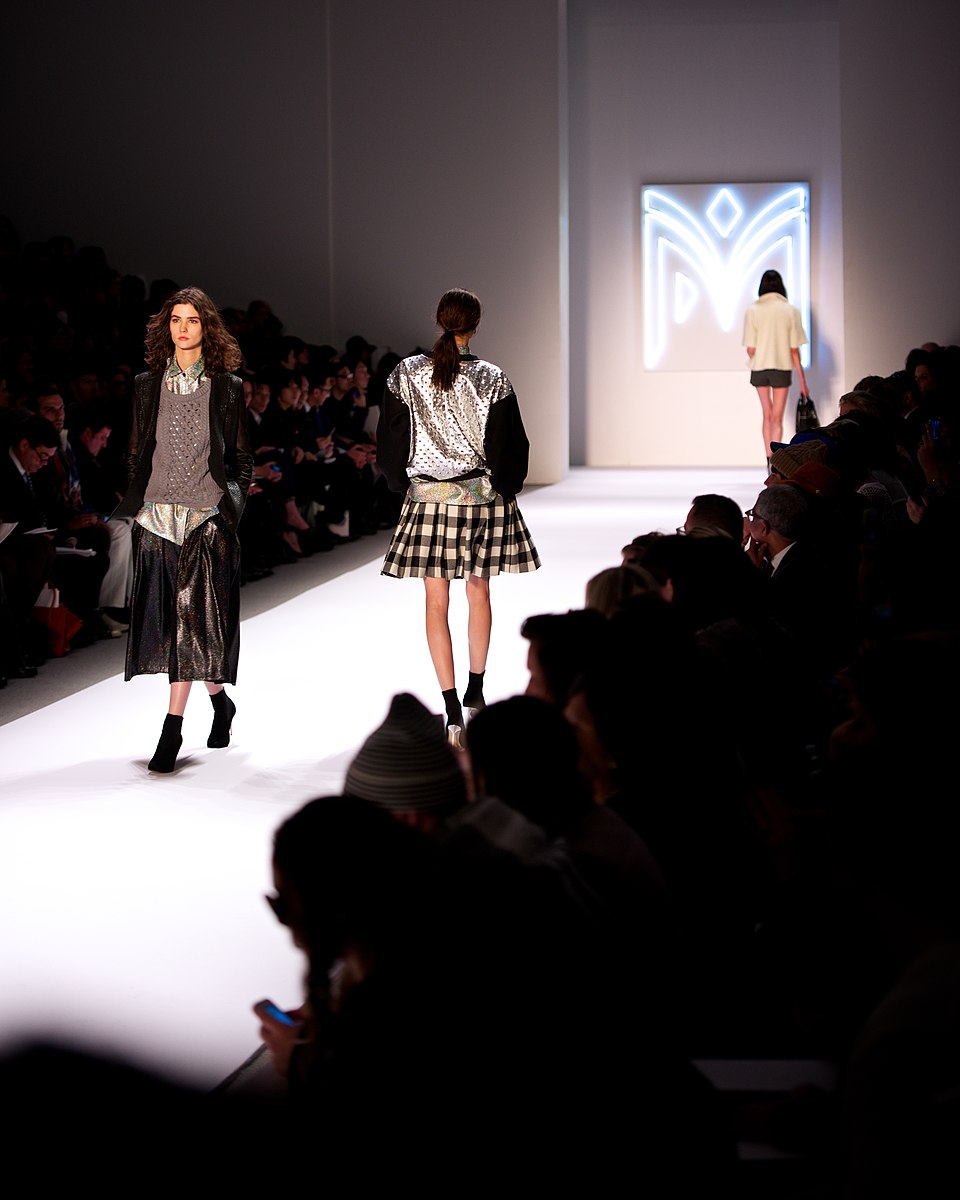
III. Creating Identity and Legality
A more complex discussion on how fashion shapes societal norms and legal consciousness is prompted by the return of conservative aesthetics to the runway. It depicts a society navigating the Luxury fashion is participating in a type of cultural signalling when it adopts long skirts and subdued hues, going beyond simple style decisions. At a time when diversity and self-expression are still disputed in politics and the workplace, the promotion of restraint as an ideal aesthetic values self-control and tradition. Thus, the more subdued but no less powerful resurgence of conservatism in the social and legal spheres is reflected in the modest turn of fashion.
However, this also creates room for criticism and creativity. Designers like Grace Wales Bonner and Peter Do combine subversion and tailoring to redefine conservatism via inclusion. According to their approach, structure can be rethought as empowerment rather than a means of repression. The challenge for fashion law, then, is to recognize clothing not only as commercial property but as a site of personal and collective expression. It’s a matter of respectability, visibility, and self-worth that the law both reflects and upholds.







